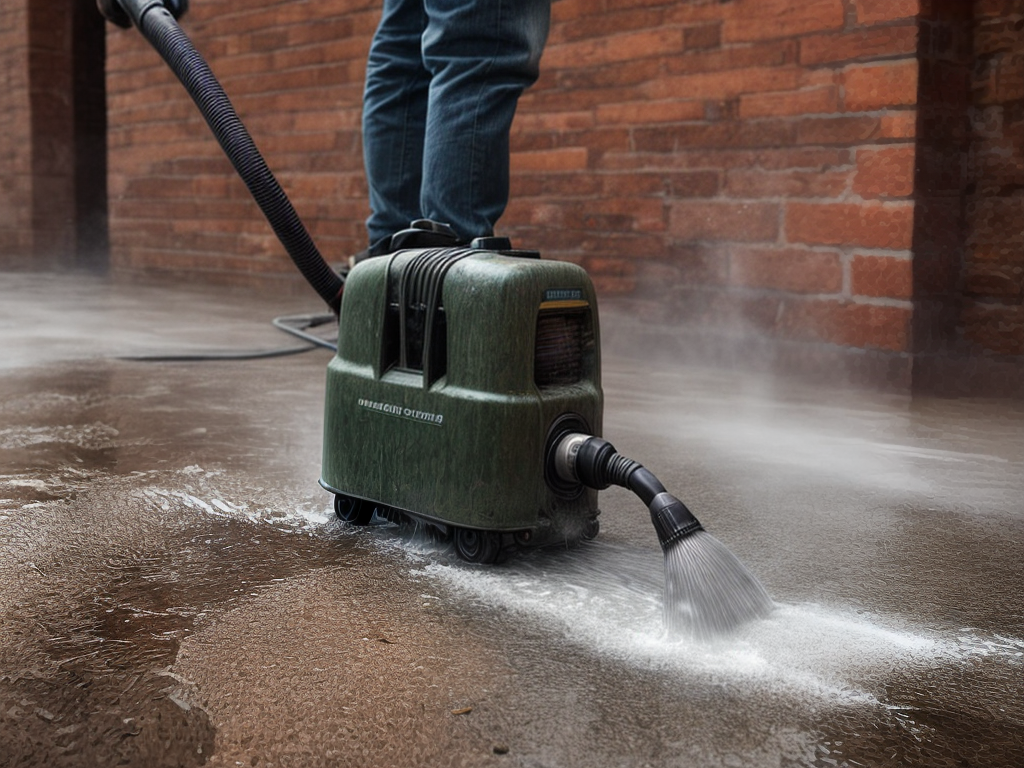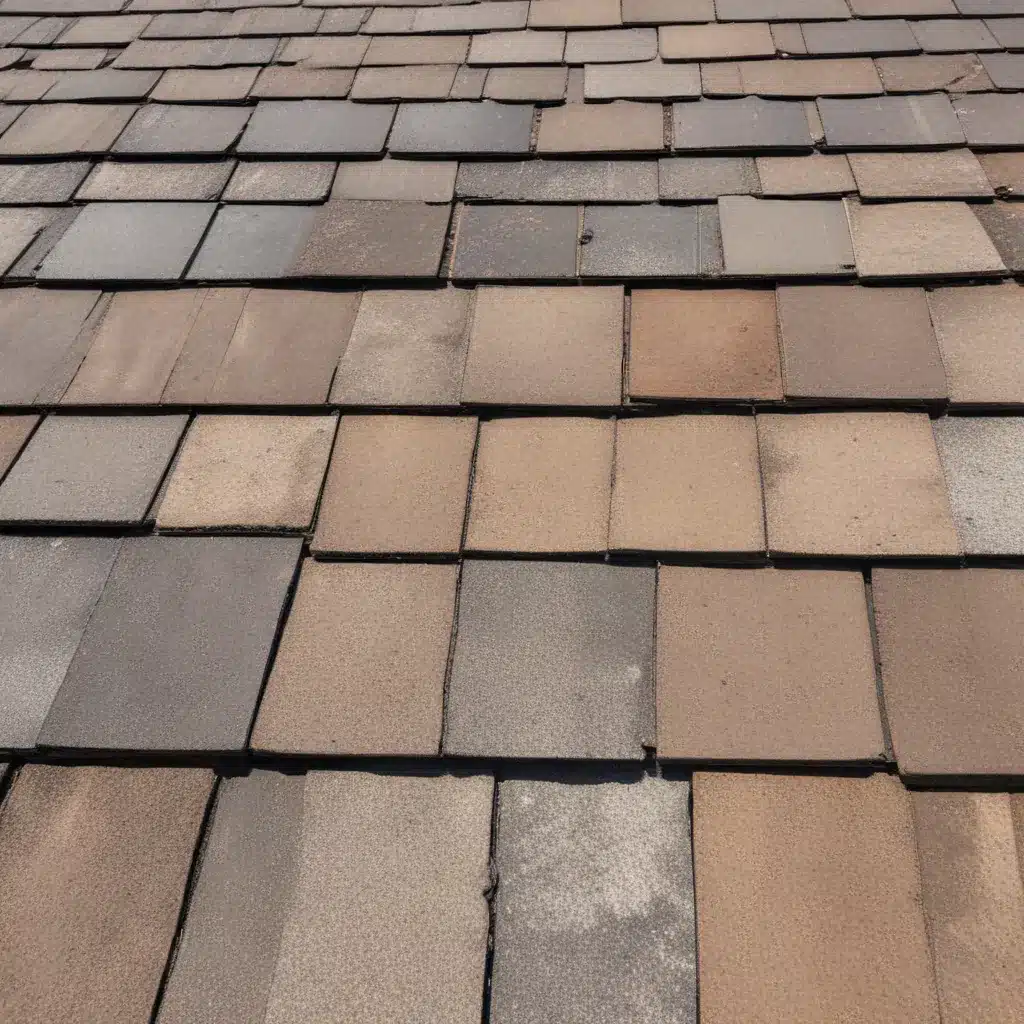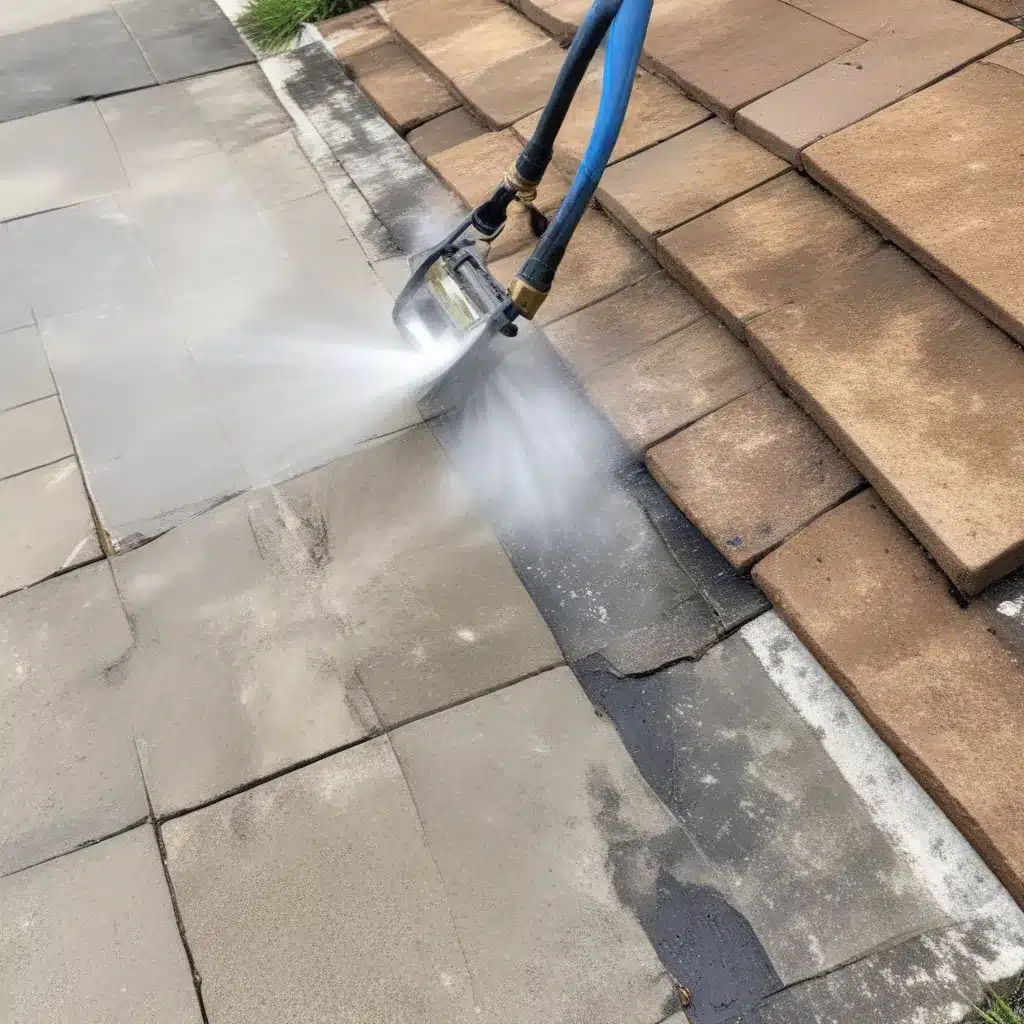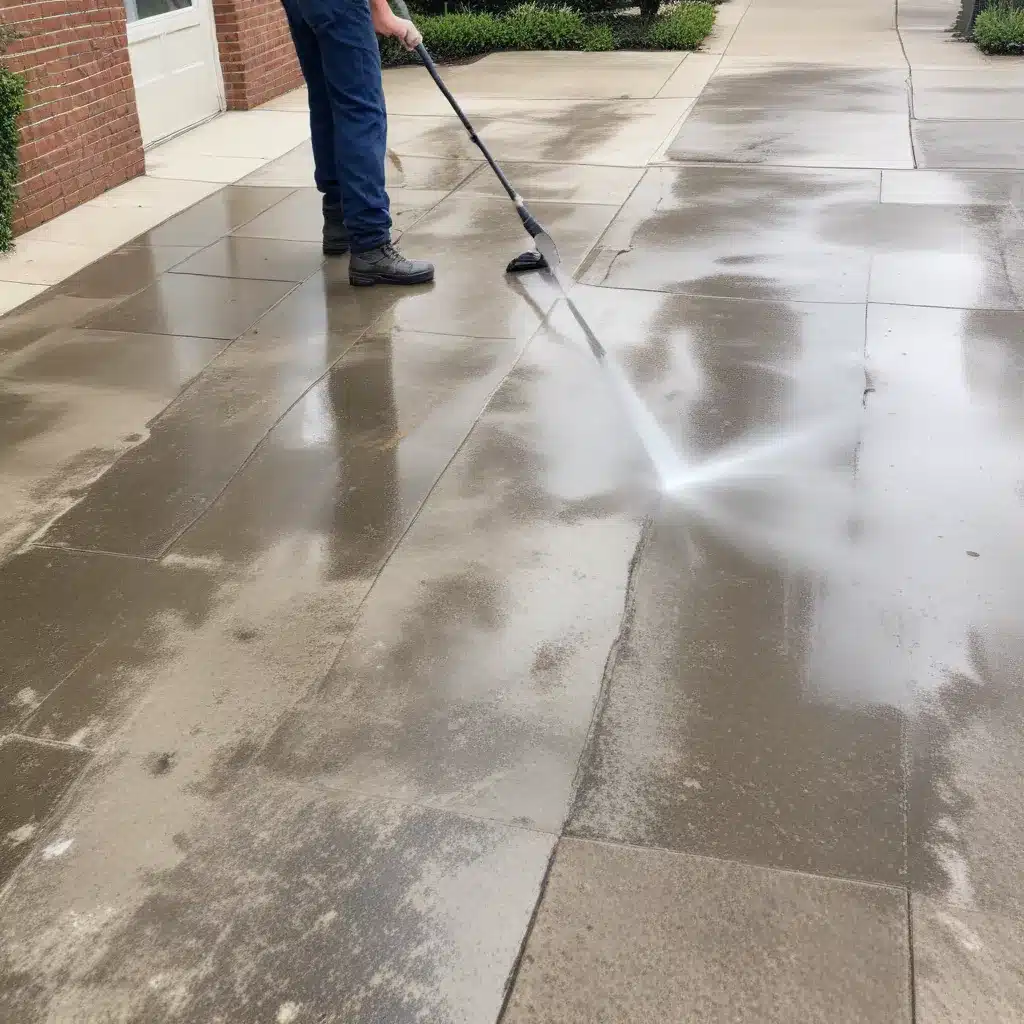
When it comes to pressure washing brickwork, it’s like uncovering a hidden treasure beneath layers of grime and dirt. The satisfaction of revealing the true beauty of brick surfaces is unparalleled. However, there’s more to this task than just pointing and spraying. From selecting the appropriate pressure washer to mastering the right techniques, there are crucial steps one must follow. Let’s uncover the secrets to achieving pristine brickwork that stands the test of time.
Key Takeaways
- Gear up with safety equipment and choose the right pressure washer for effective and safe brick cleaning.
- Pre-treat stains and employ effective cleaning techniques with suitable cleaning solutions for optimal results.
- Apply a quality brick sealer after cleaning to protect and maintain the brick surface.
- Regularly inspect, clean spills promptly, and consider professional maintenance for long-term brickwork upkeep.
Safety Precautions
Before beginning pressure washing brickwork, it is crucial to ensure that all necessary safety precautions are in place. This means gearing up with the appropriate safety gear – goggles to shield your eyes from flying debris, gloves to protect your hands, and non-slip shoes to avoid any accidental slips or falls. Wearing old clothes is a smart move too; you don’t want your favorite shirt to turn into a Jackson Pollock painting of brick dust and grime.
When it comes to the proper technique, think of the pressure washer as your mighty cleaning wand. Hold it steady, not like a shaky maraca player at a concert. Keep a safe distance from the brick surface to prevent any damage – about a foot away is usually ideal. Move in smooth, overlapping strokes to ensure even cleaning without leaving streaks. And remember, just like a superhero needs a sidekick, you should have a buddy nearby in case of any emergencies – or to capture embarrassing moments on camera for future laughs.
Choosing the Right Pressure Washer
When selecting the appropriate pressure washer for cleaning brickwork, consider the machine’s water pressure capacity and nozzle options for optimal results.
Electric pressure washers are great for light to medium-duty tasks. They are quieter, easier to maintain, and environmentally friendly. On the other hand, gas pressure washers pack more power, making them suitable for heavy-duty cleaning jobs. However, they tend to be noisier and require more maintenance.
Pressure Washer Comparison
| Category | Electric Pressure Washer | Gas Pressure Washer |
|---|---|---|
| Power | Lower | Higher |
| Noise Level | Quieter | Noisier |
| Maintenance | Easier | More required |
Surface compatibility is crucial. Check if the pressure washer is suitable for use on brick surfaces to avoid damage. Additionally, ensure the nozzle options allow you to adjust the water pressure for different levels of cleaning intensity. Choose wisely, and your brickwork will thank you for it!
Preparing the Brick Surface
To ensure successful pressure washing of brickwork, it is crucial to properly prepare the brick surface for cleaning. Here are some key steps to get the brick surface ready for a thorough wash:
-
Surface pre-treatment: Before diving in with the pressure washer, it’s essential to inspect the brickwork for any areas that may require special attention. Pre-treat oil stains with a degreaser, mold or mildew with a bleach solution, and rust with a rust remover.
-
Proper equipment: Make sure you have the right tools for the job. This includes a high-quality pressure washer with the appropriate psi for brickwork, safety gear like goggles and gloves, and a sturdy ladder if needed for higher areas.
-
Techniques for stubborn stains: For tough stains that won’t budge with regular washing, consider using a rotary scrub brush attachment on the pressure washer or a soft-bristled brush with a cleaning solution to gently scrub the area before rinsing.
-
Rinse thoroughly: After pre-treatment and cleaning, make sure to rinse the brick surface thoroughly to remove all traces of cleaning solutions and dirt before allowing it to dry completely.
Effective Cleaning Techniques
I recommend employing a specialized nozzle attachment for the pressure washer to target stubborn stains effectively on brick surfaces. When it comes to cleaning brickwork, using the right cleaning solution and application method is crucial for achieving optimal results. Here are some tips to help you tackle those tough stains and grime:
| Cleaning Solution Options | Application Methods | Drying Time |
|---|---|---|
| Mild detergent | Start from the bottom | 1-2 days |
| Vinegar solution | Work in small sections | 1 day |
| Oxygen bleach | Let solution sit | 1-2 days |
| Rinse thoroughly | ||
| Repeat if necessary |
After applying the cleaning solution, allow an adequate drying time before assessing the stain removal. Pay extra attention to heavily stained areas and be prepared to repeat the process if needed. By following these techniques with a touch of humor, your brickwork will be looking fresh and clean in no time!
Post-Washing Maintenance
For effective post-washing maintenance of your brickwork, consider applying a quality brick sealer to protect the surface from future stains and weather damage.
Here are some tips for long-term care after pressure washing your brickwork:
-
Sealing Protection: Invest in a high-quality brick sealer to safeguard your freshly cleaned brickwork from the elements. Sealers act as a protective barrier, preventing moisture, dirt, and stains from penetrating the surface.
-
Regular Inspections: Make it a habit to inspect your brickwork periodically. Look out for any signs of damage, such as cracks or chips, and address them promptly to prevent further deterioration.
-
Cleaning Spills Immediately: Accidents happen, but when they involve substances like oil, grease, or food spills on your brickwork, swift action is key. Clean up spills promptly to prevent them from seeping into the porous surface.
-
Professional Maintenance: Consider scheduling regular professional maintenance to ensure your brickwork remains in top condition. Professionals can inspect, clean, and reseal your brickwork, prolonging its lifespan and keeping it looking its best.






